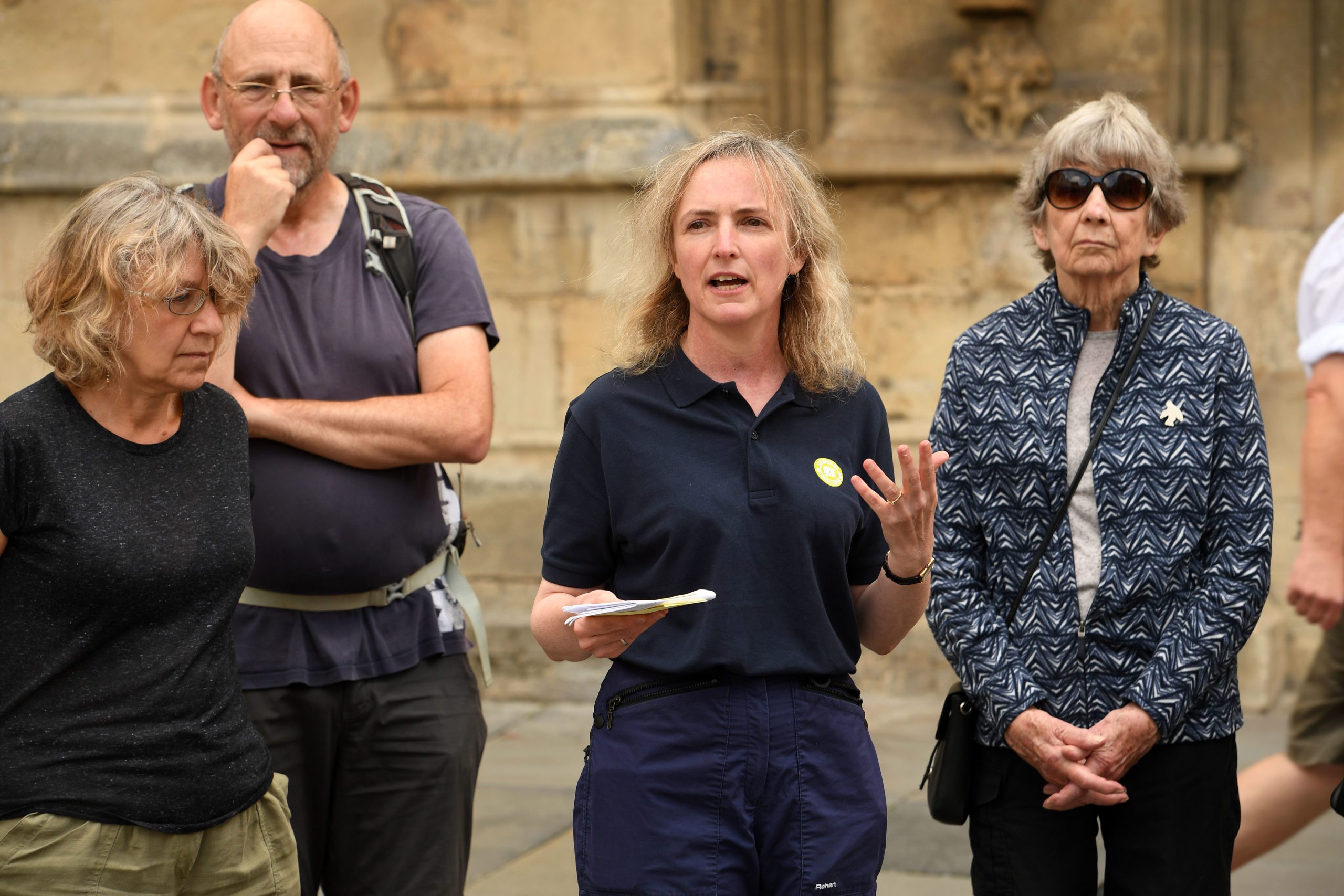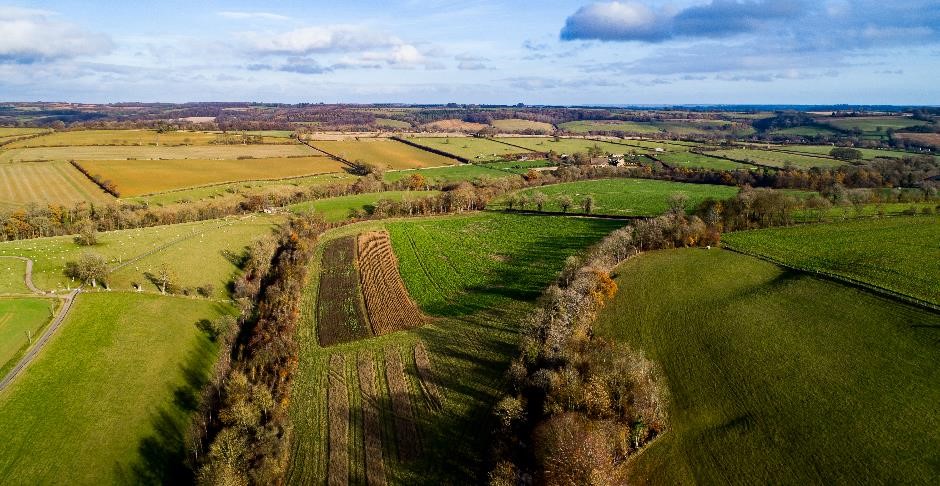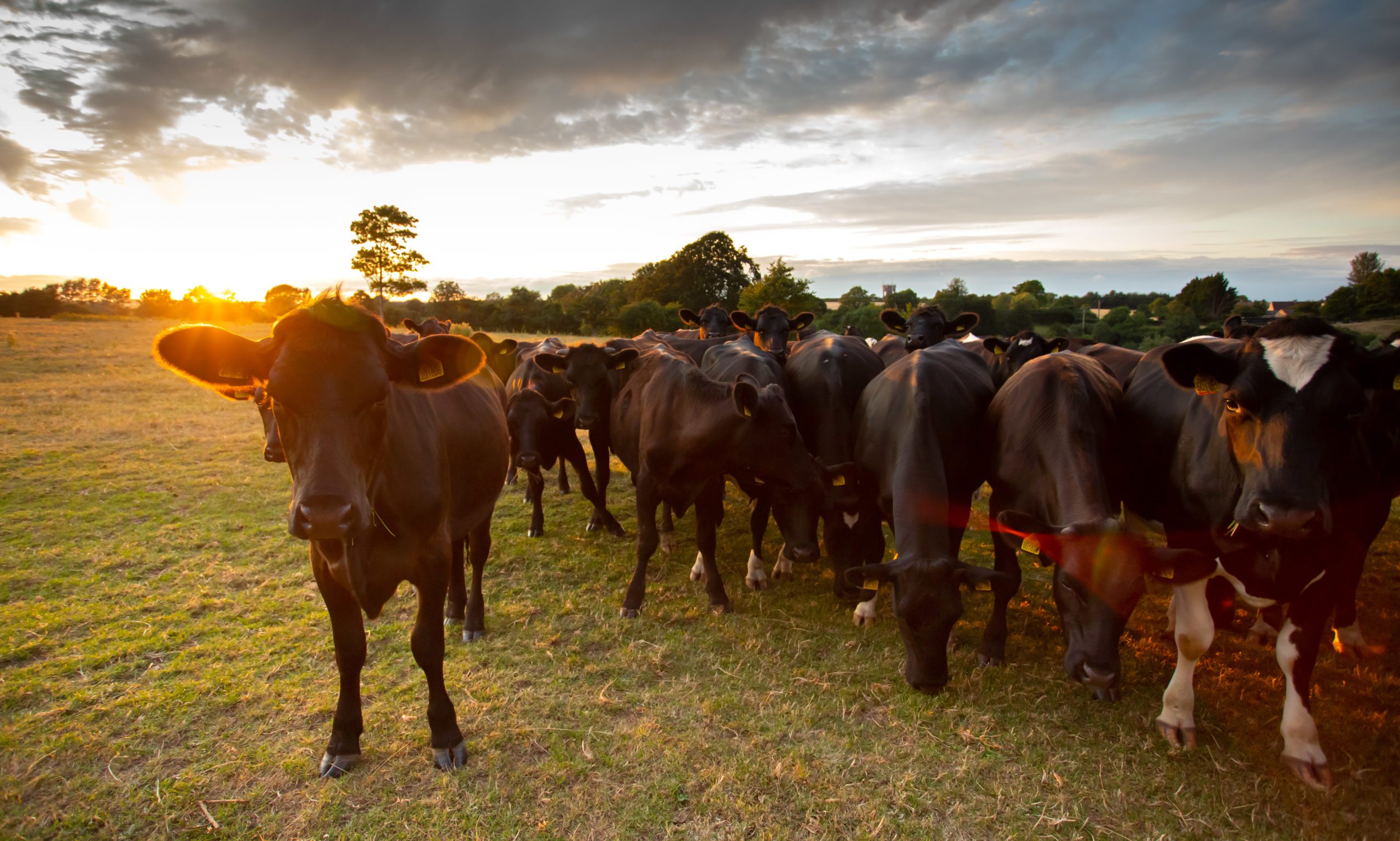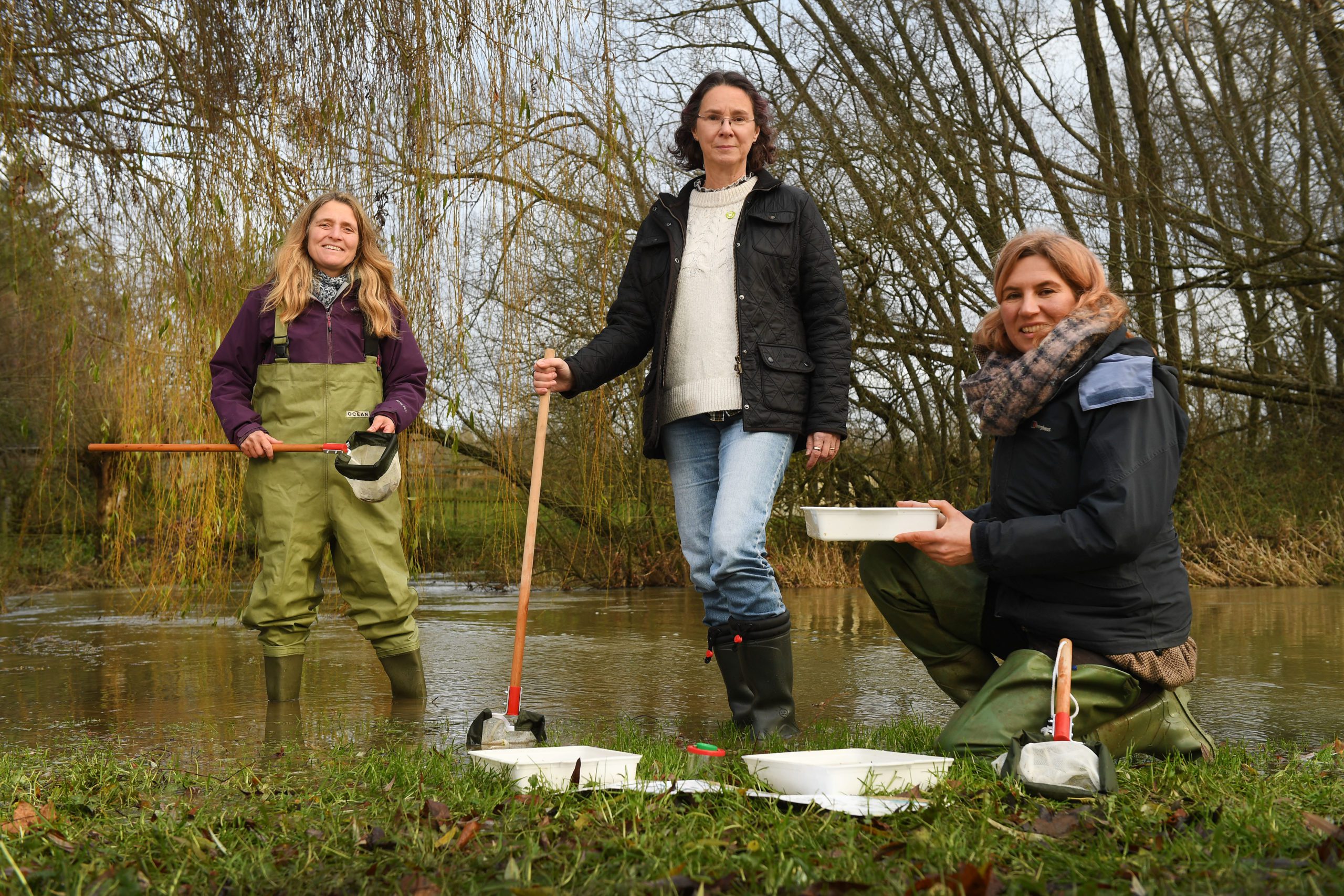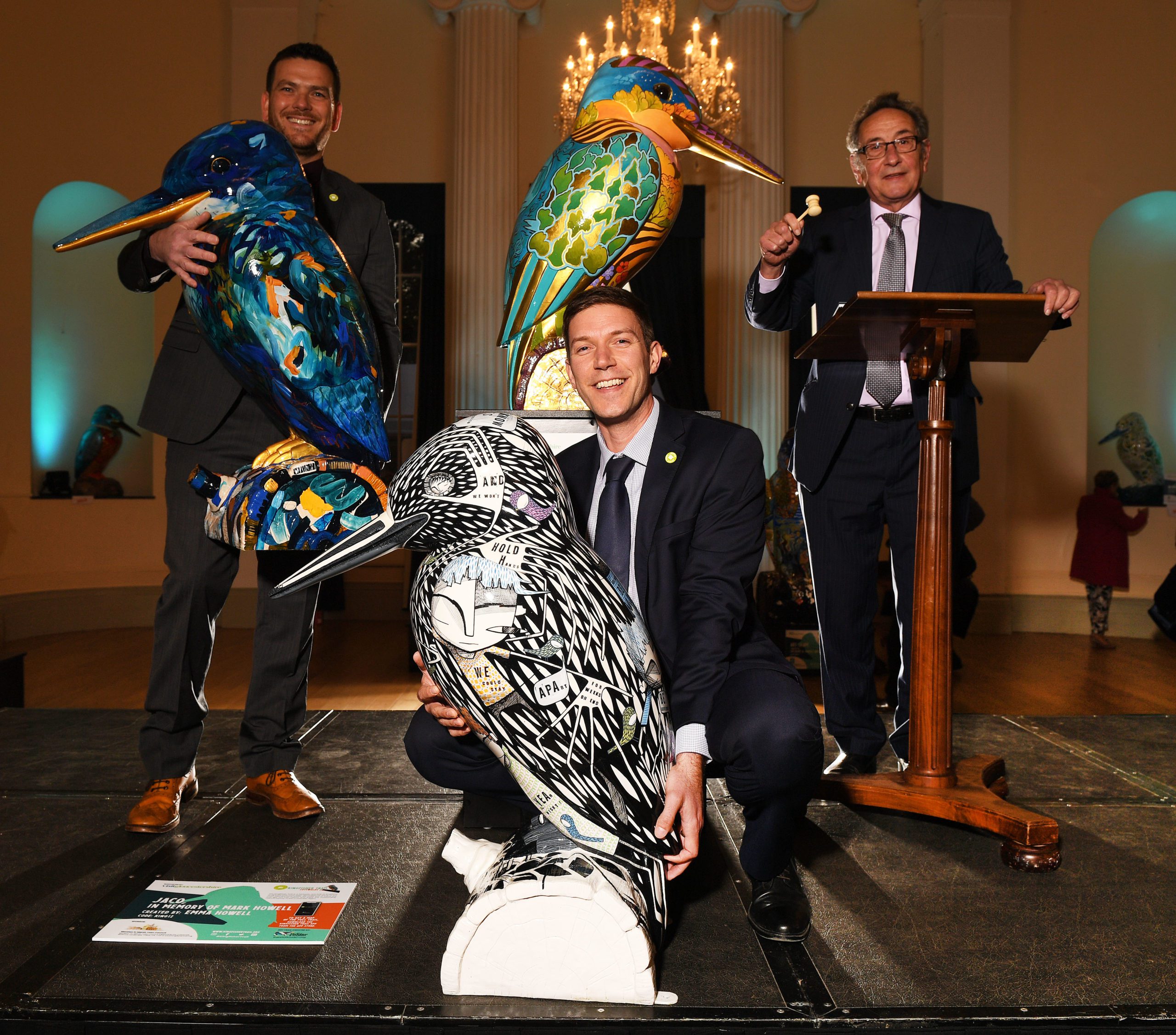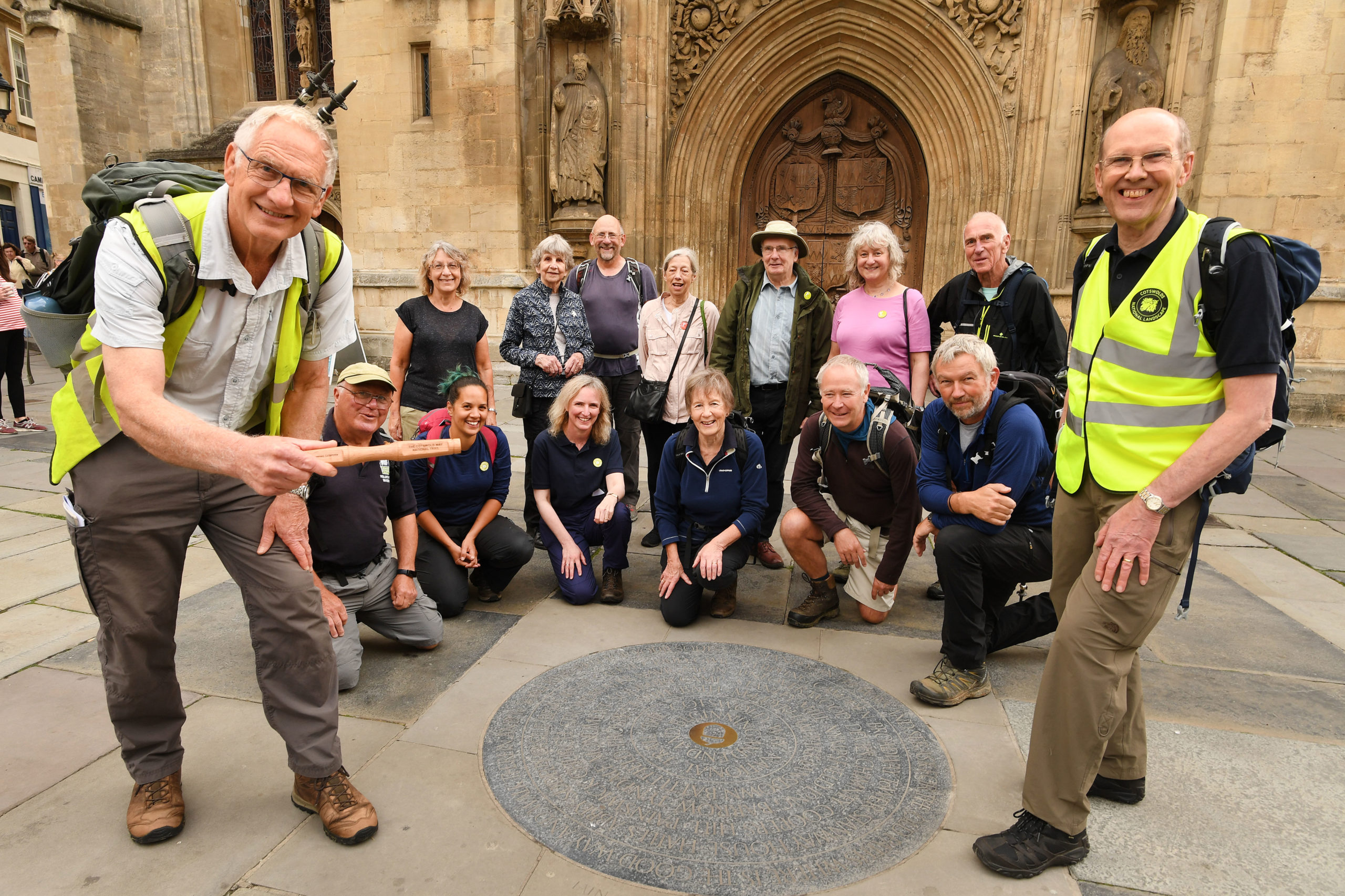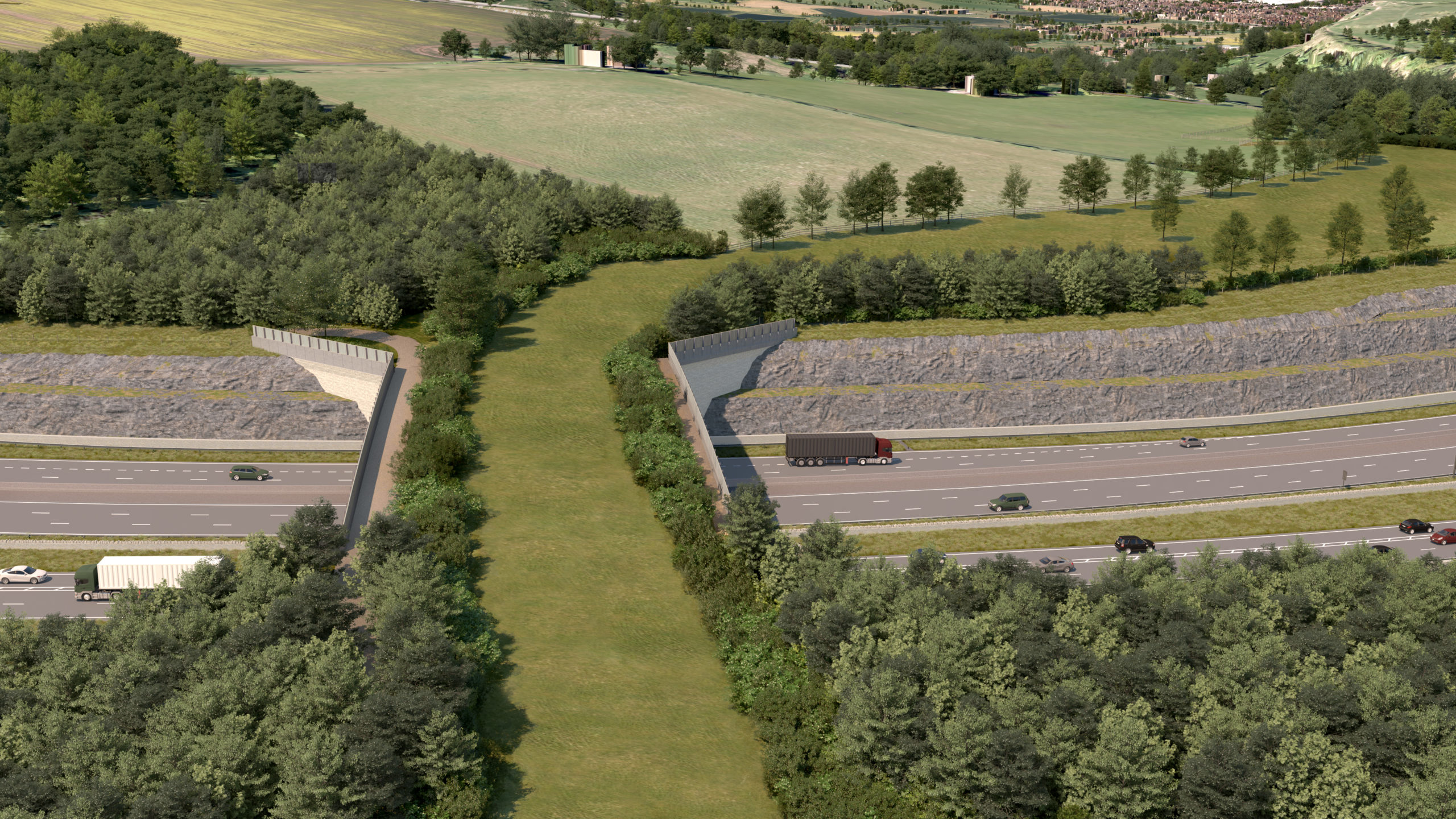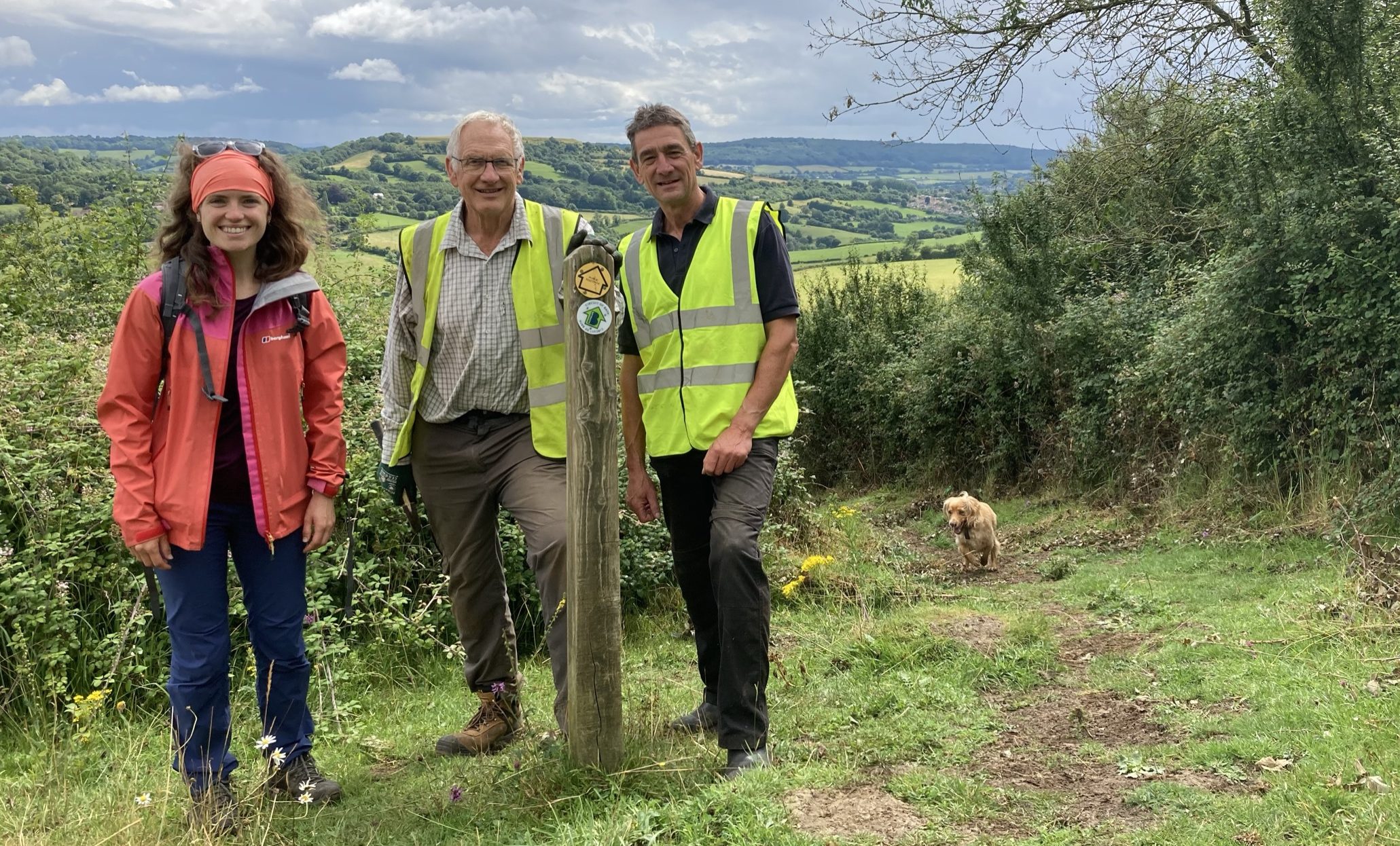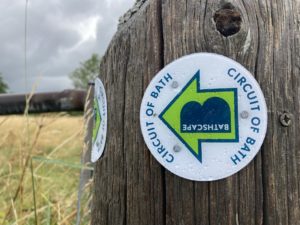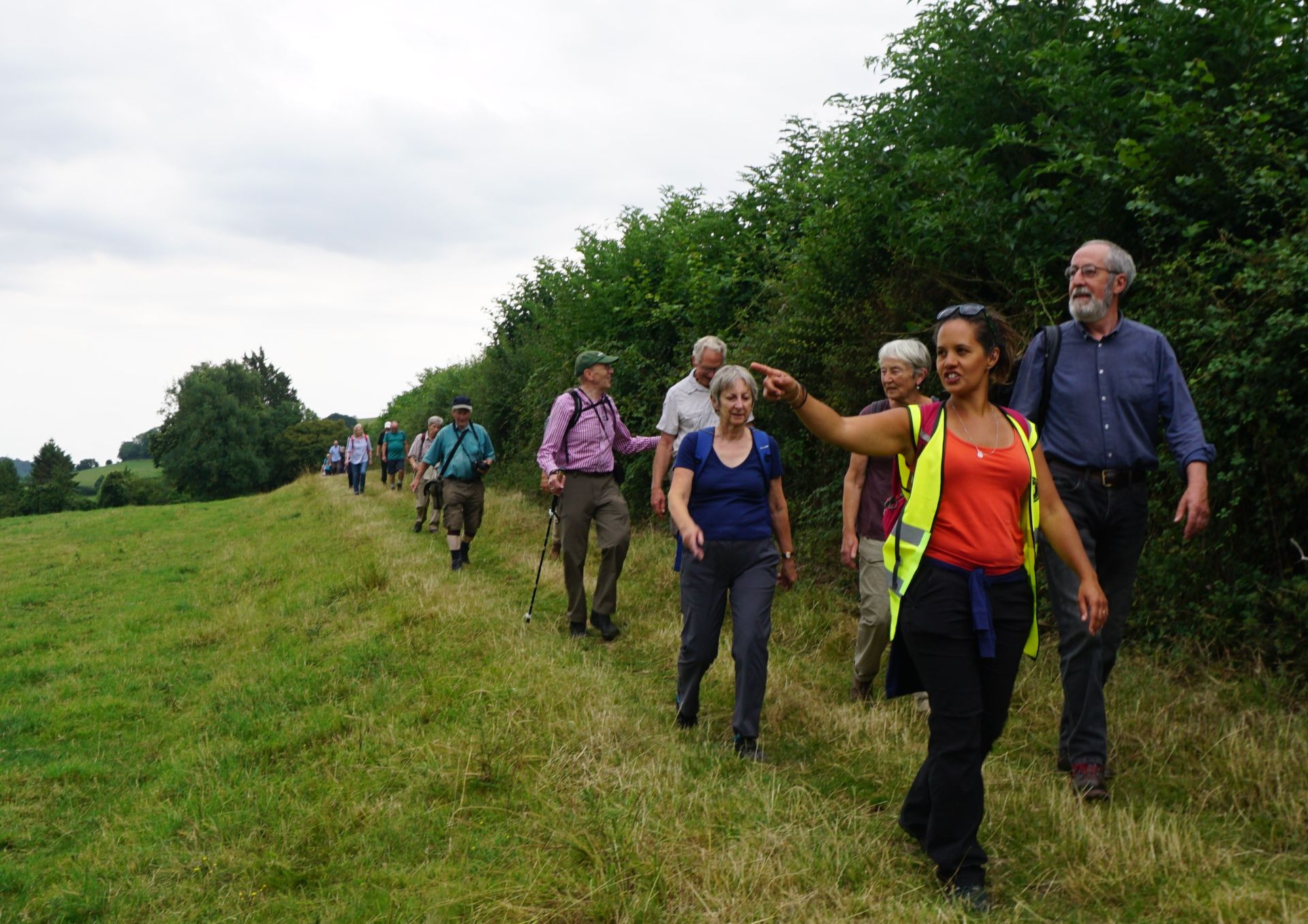
Nicole Daw leads a guided walk taking in a section of the 21 mile Circuit of Bath route.
The Circuit of Bath takes in river, canal, meadows, woodland and peaceful valleys and provides a beautiful walk in any season.
It passes classic Bath landmarks in the landscape – Little Solsbury Hill, Beckford’s Tower, Dundas Aqueduct, the Kennet & Avon Canal, Millennium viewpoint and the Wansdyke. The route also includes the picture-perfect villages of Woolley, Upper Swainswick, Bathampton, Monkton Combe, South Stoke and Englishcombe. You can find more information here.
With its compact layout and surrounding hills and valleys, Bath is known as one of the most beautiful and most walkable cities in the UK.
Bathscape project manager, Dan Merrett, said: “This is a significant milestone in our project and one of which we are very proud. Through our project partner, Cotswolds National Landscape, we have made physical improvements to the route including installing waymarkers and we now have trail guides ready to use, splitting the route into four sections. Walkers can really challenge themselves whilst experiencing the best of Bath as a landscape city. We’re grateful to the Cotswold Voluntary Wardens and Bath Ramblers for all their work and to the players of the National Lottery, which is funding the project.”
Bathscape has worked with a large group of volunteers to complete the improvements and waymarking and has recently recruited a team of volunteer rangers to look after the route. Working with experienced wardens, volunteers have taken on a stretch of the route that they walk regularly, keeping it well maintained and easy to walk. The new rangers recently joined the volunteers who worked on the path improvements at a thank you event.
Councillor Mark Roper, cabinet assistant for Neighbourhood Services, said: “Many people enjoyed taking walks in their local area during the pandemic. This new walking route offers a longer connected path around our beautiful city and surrounding countryside. It’s also a great motivator for people who want to improve their fitness or wellbeing. The Circuit of Bath walking route is accessible by public transport and the easy-to-use guides and waymarking will get you round safely.”
The route is based on the Julian House Circuit of Bath walk, which the Bath-based charity has been checking and refining every year since 2001. People looking for a challenge who want to try to walk the full distance in one day, can sign up to the Julian House sponsored walk on Sunday, 25 September. You can register for it here. On this date, Julian House will provide check points, with water, snacks and toilets and a shuttle bus in case you want to shorten the walk. You’ll be able to raise vital money to support people experiencing homelessness and escaping domestic abuse. The Julian House walk is the finale of the annual Bathscape Walking Festival, featuring 60+ walks on different themes and in different locations.
For a more leisurely approach to the route, the walk has been divided into four sections linking to public transport stops. The route maps, step by step instructions and travel information are available here. Walking it in sections is also great training for the sponsored walk! You’ll also find this and other walking trails on the Bathscape map.
A team of volunteers have been checking and rechecking the instructions, but continued feedback on the walk and the guides is welcomed, please get in touch with us at info@bathscape.co.uk. Bathscape will continue working with Cotswolds National Landscape and Bath Ramblers to carry out more improvement works on the route.

